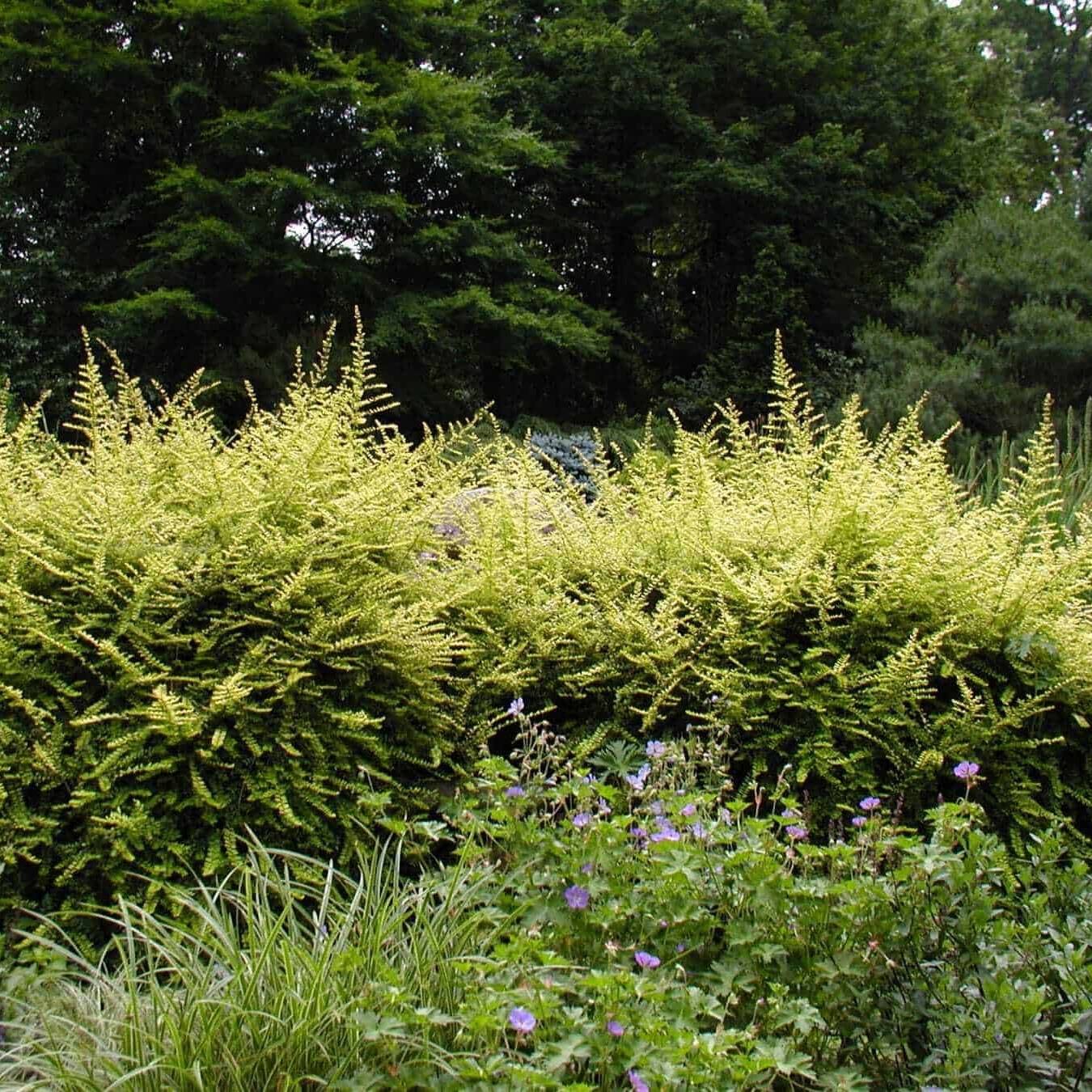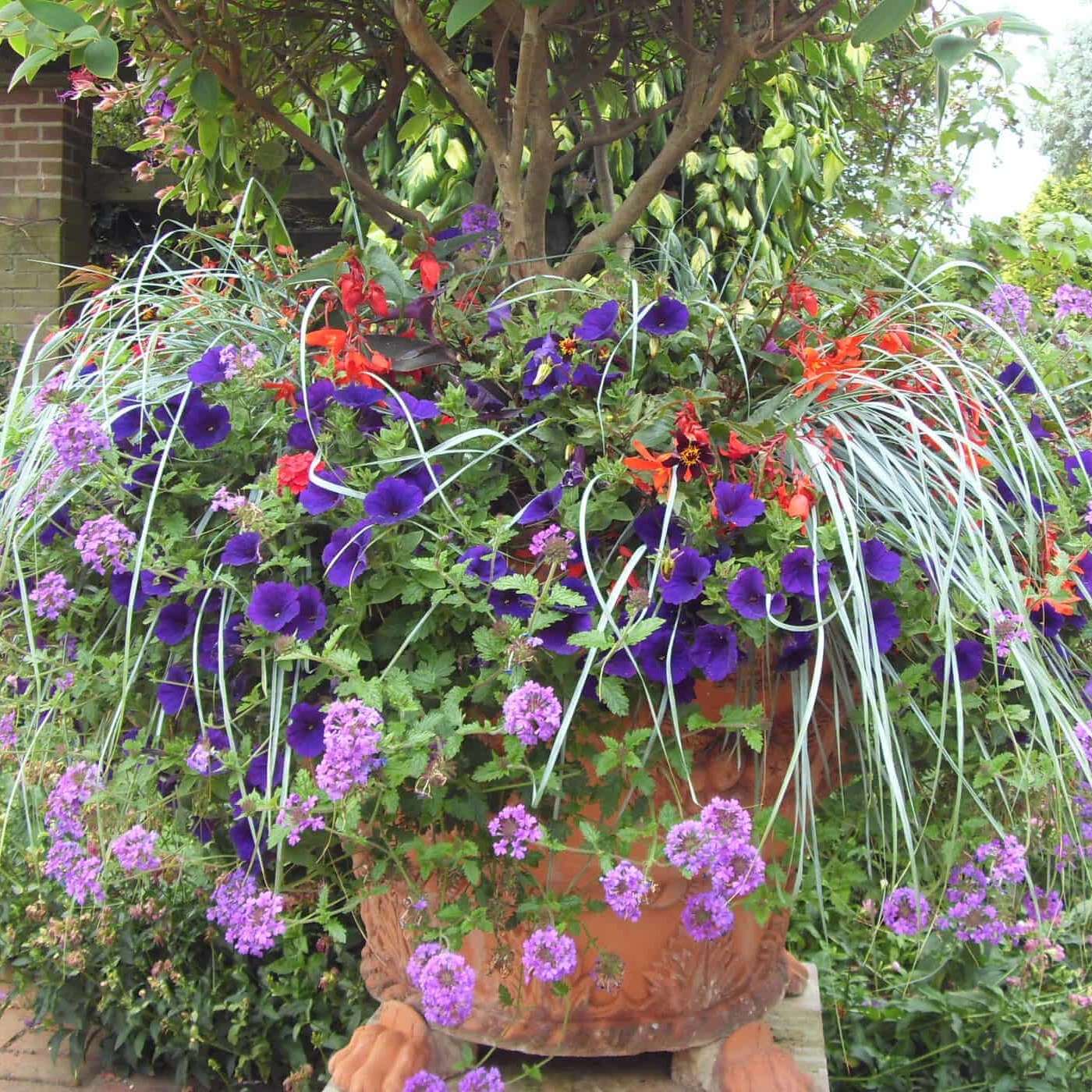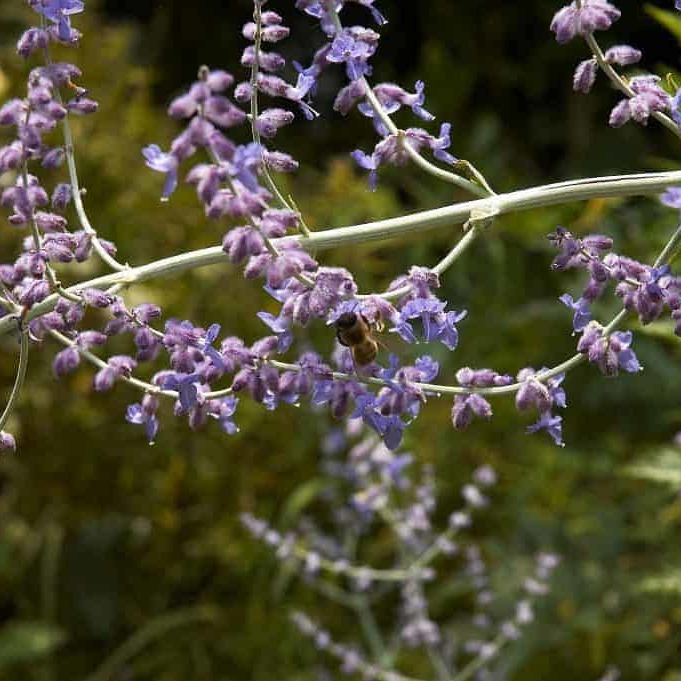Now is the time to …. Plant Roses
Planting roses is pretty much the same principle as for most other hardy plants except that they do best in a firm, slightly heavy soil. They should not be planted in the same position that a rose was planted previously. This is due to a soil borne disease named ‘rose sickness’ which will infect other members of the Rosaceae family. The other key thing with roses is that they are generally ‘budded or grafted’ onto a rootstock. Some sources of advice tell you to bury the graft below the ground while others advise you not to. There is lots of debate about which is the best way. If the graft is buried below the ground then there is potential for roots to appear above the point of the graft which would then defeat the object and if the graft is sitting under soggy wet soil then it could rot and fail. The best option is to sit the crown with the graft union just at ground level.
It is wise to prune all roses fairly hard back at planting time so that strong new growth is encouraged in its first year but make sure that the soil is fertile by adding organic matter or a slow release fertiliser and a mulch. Keep them well watered in the first growing season. Subsequent pruning will depend on the type of rose that you have chosen. Bush roses (otherwise known as hybrid tea roses) bloom on new growth in the summer. In other words they produce new stems each year and by summer time these stems are mature and will produce flowers from the terminal (end) bud. This makes them very suitable for formal displays because they can be pruned hard each year. This keeps them tidy and manageable and this pruning regime will also encourage fewer but bigger and better quality blooms than leaving them to become congested. Patio roses tend to be compact bush types and can be pruned in the same way.
Cut back all stems down to a node about 20cm above the ground. Ideally just above a visible bud that faces outwards so that when growth begins an open shape is encouraged. Remove any excess stems so that you are left with 4 or 5 well- spaced main stems to support the year’s growth. Carry this out in late February.
Shrub roses are suitable for mixed borders and more informal planting schemes. They produce smaller blooms generally along the length of the main stems on short laterals. These are produced on branches that are at least two years old. If they are pruned hard back every year you would lose the flowers. They are pruned by the method of ‘renewal’ pruning where two or three of the oldest stems are pruned out each year, cutting them low down and leaving plenty of the younger branches to flower in their second and third years. This also lets air and light into the shrub and encourages healthier and more vigorous growth. This can be carried out in February on plants that have been established for at least 2-3 years.
Caroline Wright
Caroline brings decades of horticultural experience, both practical and theoretical. Having lectured at Brackenhurst Horticultural University for many years, Caroline has now relocated to France and is following her passion for growing plants and teaching. Caroline and her husband Paul run the plant nursery, propagating all of the plants themselves and lead a wide selection of fun and interactive horticultural and craft based courses.




